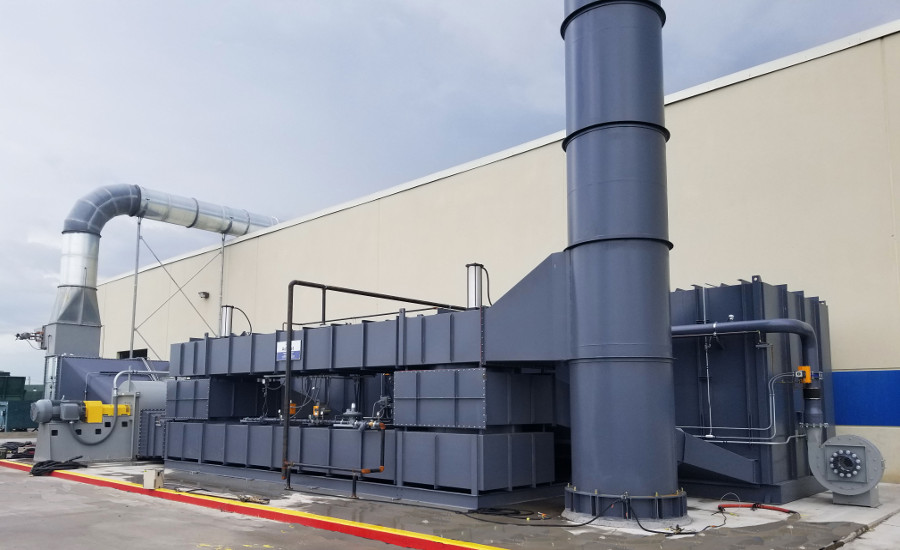Curbing the rise of ever-increasing industrial and air pollution at this point has become essential if we want to preserve our living atmosphere. If necessary, efforts and measures are not made, our living boat i.e earth as we know it would be lost within a bracket of a few decades. Some specific measures are being taken as part of the efforts to try and curb the rising high levels of pollution although those at present seem insufficient and inadequate at best.
Thermal oxidizers are being used in large industrial sectors and factories to aid in reducing the air pollution caused by these units. A thermal oxidizer works by decomposing and breaking down hazardous elements in polluted and waste air into non-toxic ones before releasing them into the air. There are multiple forms of thermal oxidizers available but regenerative thermal oxidizers are amongst the most popular preventive technological inventions being used for aiding in a reduction in air pollution.
Regenerative thermal oxidizers work by breaking down the toxic elements like volatile organic compounds or hydrocarbons present in the waste air streams. They decompose these substances through greatly high temperatures around 1500°F and that particular process is known as oxidation. They are mostly popular because of their excellent heat recovery mechanism. This is because they trap the heat separated from the cleaned-up air in their ceramic stone chamber and use it as a fuel source for the newly incoming waste air streams. The heat recovery rate for these can go up to around 97%.
Please visit https://www.cpilink.com/regenerative-thermal-oxidizer
Let’s look at the regenerative thermal oxidizer working process step by step.
Table of Contents
Pollutant Destruction Stage
In this stage, these specific thermal oxidizers carry out the oxidation process by breaking up the toxic and hazardous elements within waste air streams through the following steps.
- The process begins by blowing of the waste air streams inside the thermal oxidizer through a strong supply fan.
- An inlet valve switch forces and directs the air towards the internal mechanism of the thermal oxidizer.
- The first stop is a heat exchanger chamber where the previously trapped heat is received and absorbed from the ceramic structure.
- Now the already heated pollutant air moves into the combustion chamber where it is held at a greatly elevated temperature and given enough time for the oxidation to occur.
- The pollutant elements are decomposed and destroyed within the combustion chamber.
Also visit https://www.cpilink.com/
The Cleaned Air Stage
Once the air has been rid of toxic elements inside the regenerative thermal oxidizer, the now clean air has a couple more steps before being released.
- This air exits the combustion chamber and enters into a second heat exchanger chamber where the heat produced during the oxidation process and now present in the air is absorbed by the ceramic structure.
- The now cleaned and cooled air is directed to the exit through the outlet valve switch.
- Eventually, this air through an exhaust fan mechanism is released back into the atmosphere in a non-toxic, non-hazardous form.
Do you want to save your money smartly? Please visit https://www.smartssaving.com/
Read More: Cartoon Crazy

